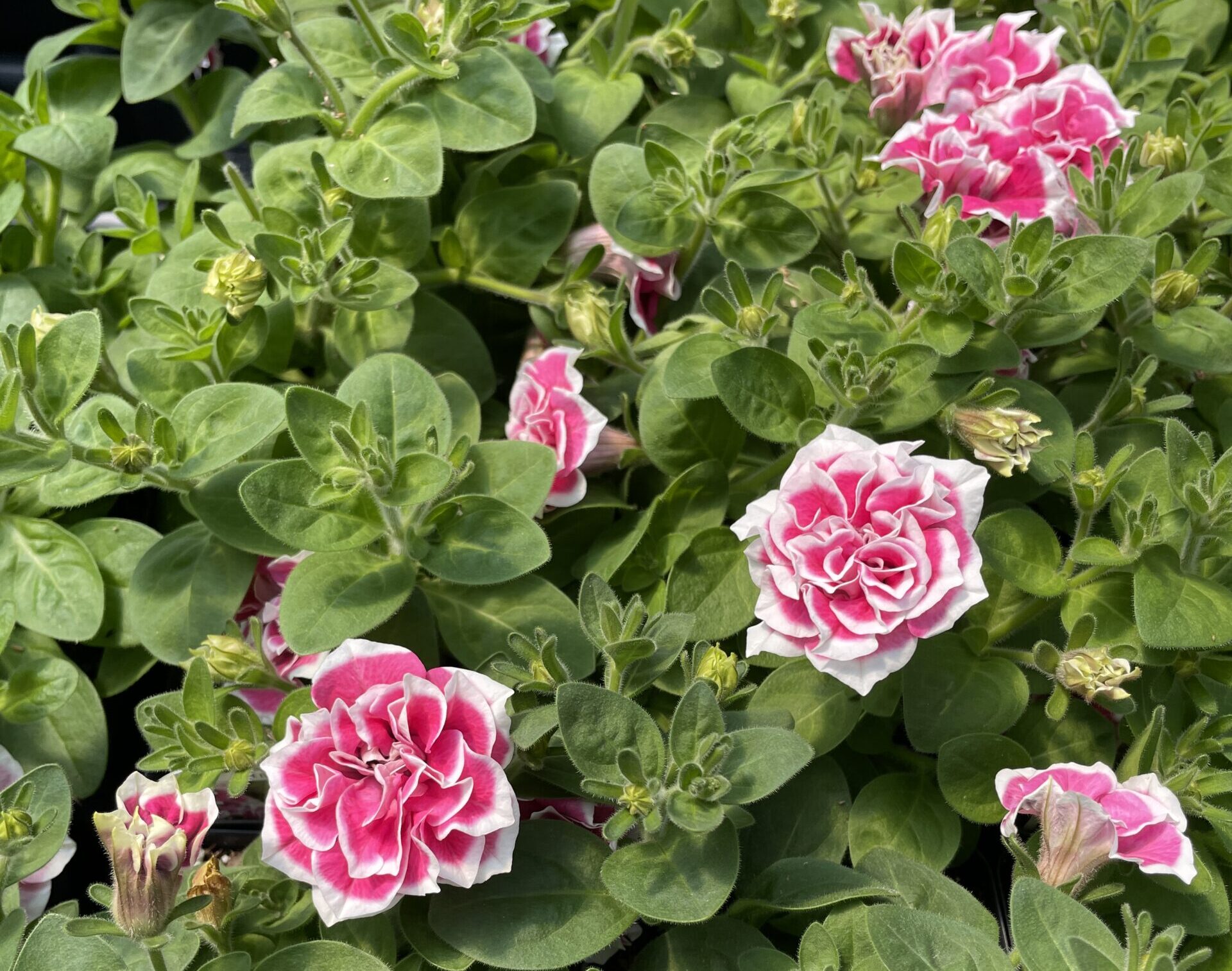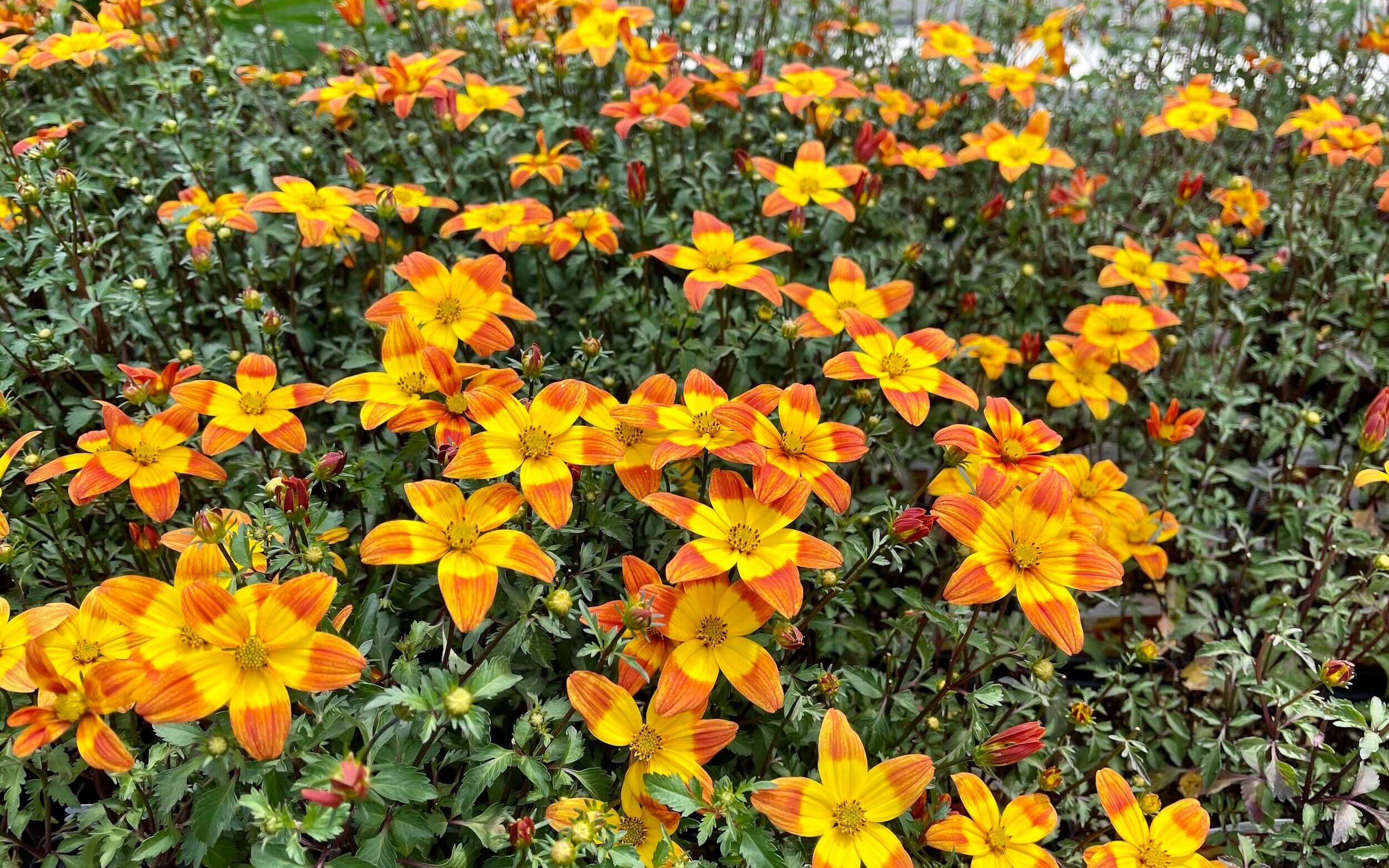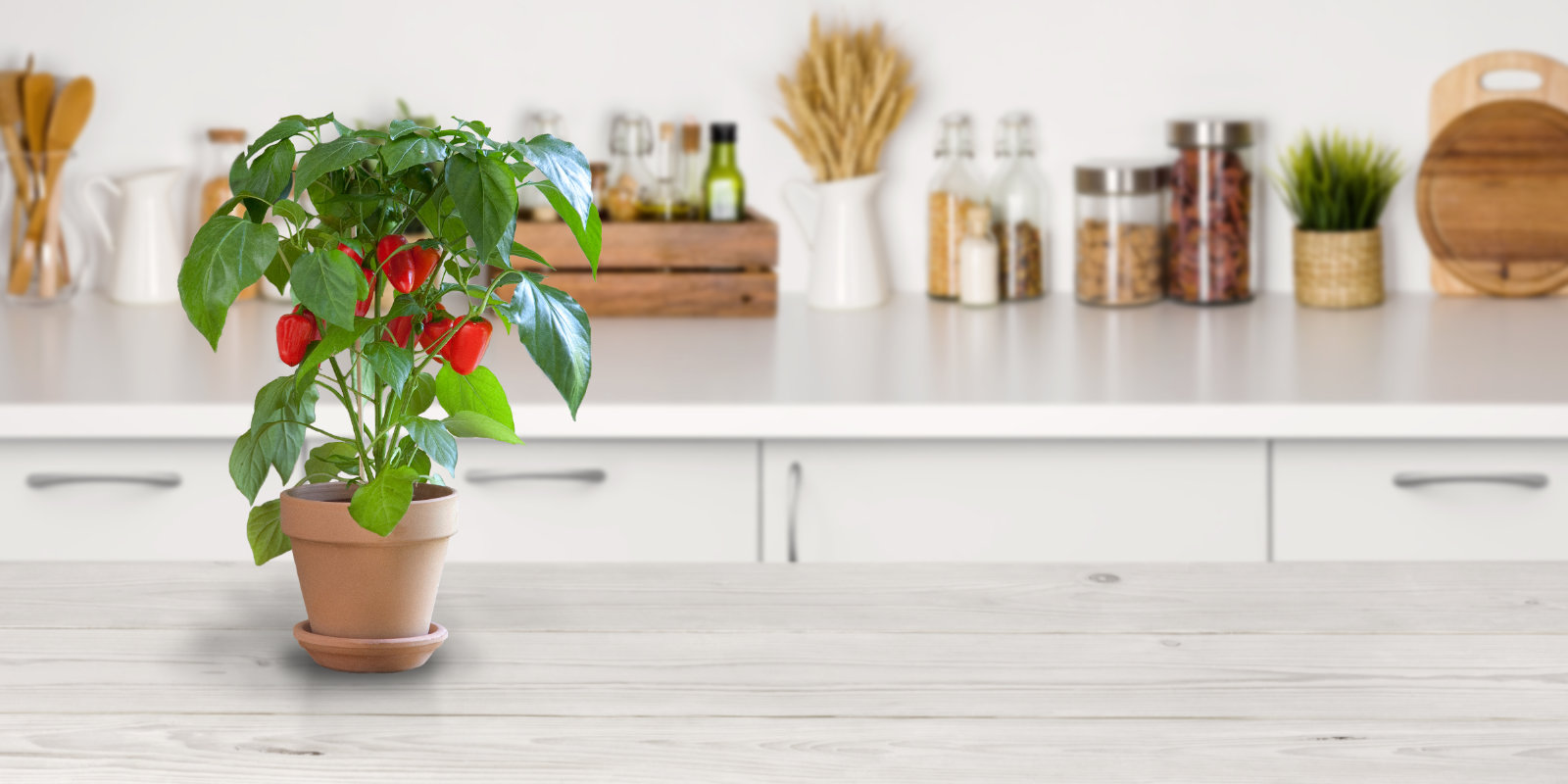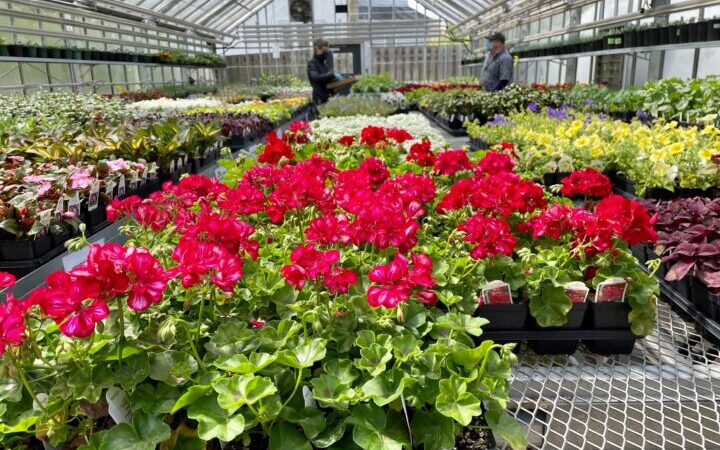
As the days grow shorter and the leaves begin to color, there’s one essential gardening task that should be on every Oak Parker’s to-do list: planting bulbs. It might feel kind of odd to plant bulbs just as your garden is winding down, but fall is actually the best time to get those future blooms in the ground. Here’s what to do to have an amazing show when spring comes.
Plant deep
Don’t be tempted to just dig a few shallow holes and pop your bulbs in the ground. Planting your bulbs at the right depth is key to their success. In most cases, you should plant a bulb at a depth that’s about three times their width, although some bulbs such as daffodils can be planted deeper. Check the instructions that come with your bulbs. If you’re still not sure you can also ask the experts here at the Conservatory (join us for a lecture all about fall bulbs on August 22).
Seek sun and drainage
While your bulbs don’t need any sun while they’re underground, it’s important to plant them in a spot that will get some sun when they do emerge. Most bulbs require full sun (at least 6 hours a day) to soak up enough energy to bloom the following year. They also require good drainage so they don’t rot over the winter. This can be a challenge in our native clay soil, so consider amending your flower bed with organic matter to improve it. (There are a few bulbs that can manage poor drainage, however, such as camassia and snowdrops.)
Get some chill time in
Many bulbs are native to regions with cold winters and rely on those dipping temps to trigger their blooming process. This is why you’ll sometimes see “pre-chilled” bulbs advertised in bulb catalogs. Don’t spend your money on those—they’re designed for Southern gardeners who don’t have the low temperatures needed for bulb growth. Fortunately (or unfortunately, depending on whom you ask) our Chicagoland winters do get pretty cold, so by planting your bulbs in the fall, you can just let the frozen ground do the chilling for you.
Watch the weather
Timing is everything when it comes to planting bulbs. Try to get them into the ground before the first frost hits. This head start means that you’ll have optimal blooms come spring, while bulbs planted too late might struggle to catch up. (If you miss this window, though, don’t worry. You can plant until the ground freezes if you need to.)
Let nature do the watering
As the weather cools and the fall rains start up, the soil retains moisture more effectively, giving your bulbs a consistent supply of water. This natural hydration helps them establish roots without the need for constant watering on your part. It’s a win-win: you can enjoy the season without worrying about your bulbs, and they get exactly what they need to thrive.
Want to learn more about fall bulb planting for spring blooms? Join the Friends of the Oak Park Conservatory for an online lecture August 22 from 7-8pm. Register here >
Antonia Davison
FOPCON Volunteer








